Description
Using superior materials and proprietary design, Delta Kits’ injector end seals outperform the competition hands down. Don’t be fooled by imitations, for fit, form, and function, nothing else compares.
- Matched Perfectly for all Delta Kits metal injectors
- Precision injection molding process for quality and consistency
- Chamfered OD for easy installation (injector end)
- Flared ID matched to plunger shape for smooth insertion (injector end)
- Tapered ID for increased pressure and leak resistance (glass end)
- Off-white color to aid in air and contaminate identification with minimal reflection
- Elastomeric compound retains its shape indefinitely and seals against glass exceptionally well
- Thick wall design increases seal life and provides increased pressure and leak resistance
- Industry-leading chemical resistant compound will not shrink or swell
- For optimal results change the end seal every ten repairs
Available in a pack of 5 or 100.
From the archives
Tech Tip: The Importance of Changing End Seals
Many technicians try to save a dime or two by using the same end seal for an overly extended period of time, but those technicians may not know that by over using an end seal they are compromising the quality of the repair and likely wasting resin. By changing out the white end seal at the bottom of the Delta Kits injector, technicians can ensure that repairs are done correctly and efficiently.
For best results Delta Kits recommends replacing the injector end seal after every 10 repairs or sooner if there is a noticeable change in pressure or resin leakage around the seal. Not to mention, after 10 uses the end seals begin to break down and get softer. The inside diameter of the end seal is smaller than the plunger to provide a leak free seal. After repeated use the hole becomes enlarged, eventually resulting in loss of pressure. Loss of pressure can create leakage of resin, even though this may result in wasted resin, and makes it difficult to ensure that the damage is filled. Continue Reading

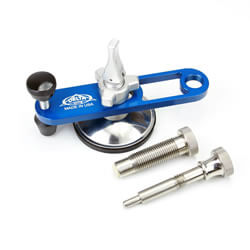
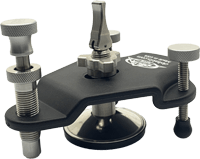
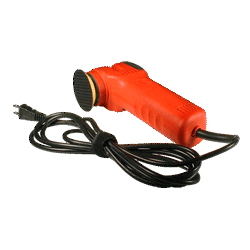
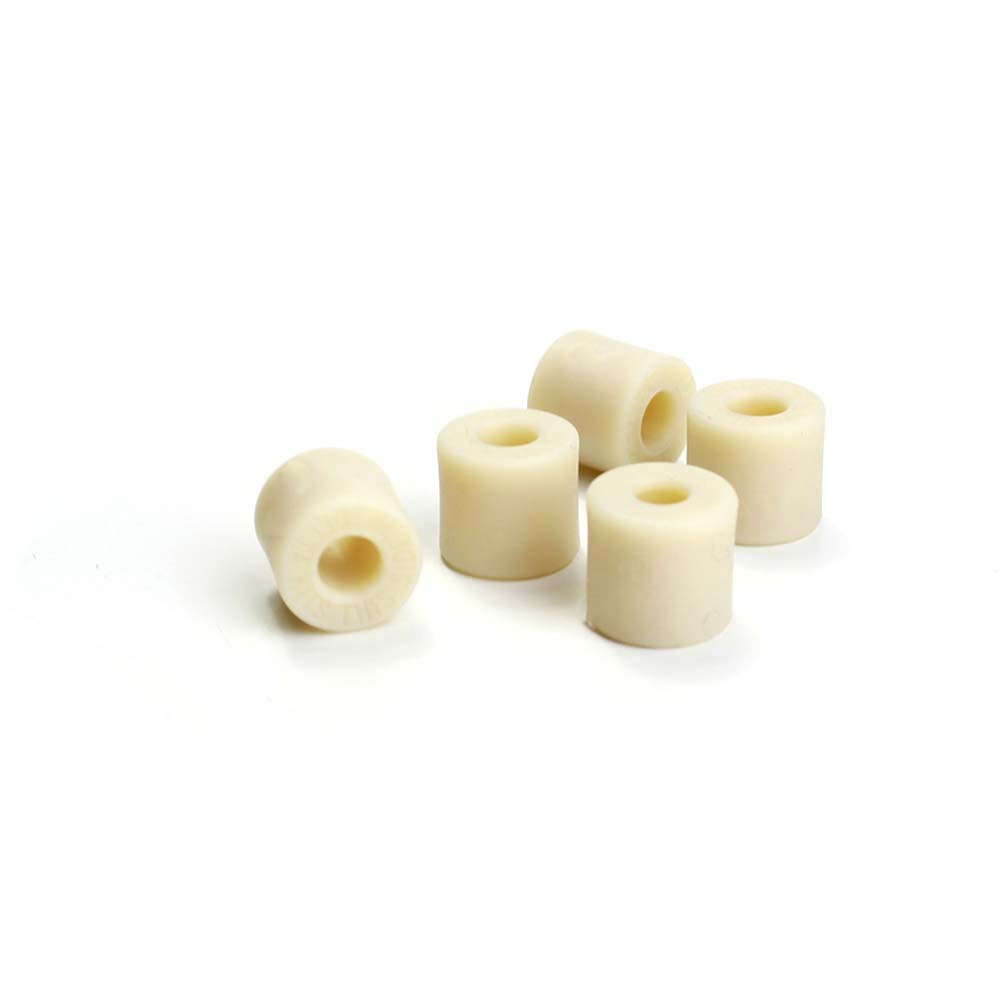


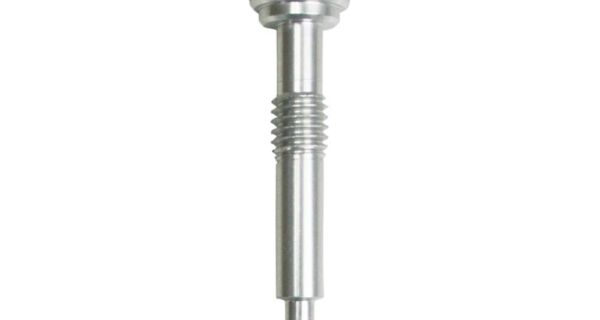
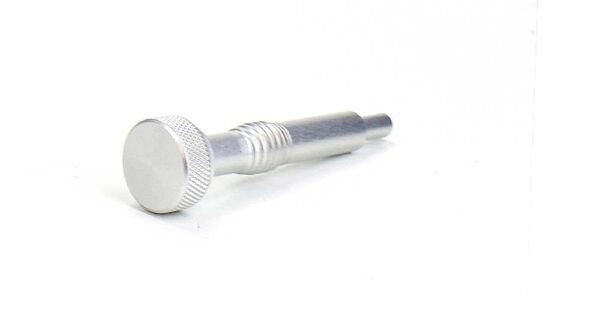
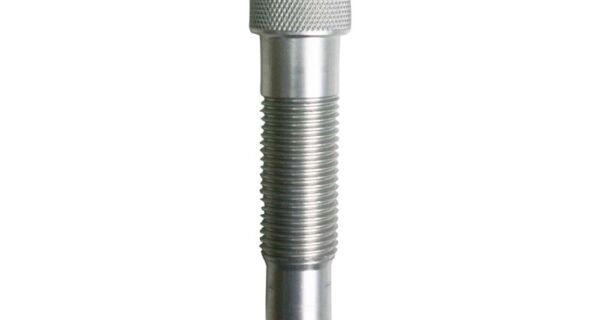
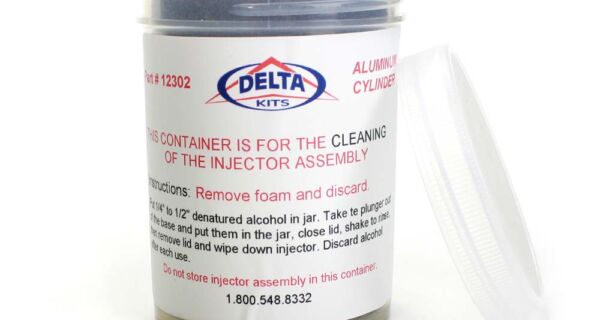
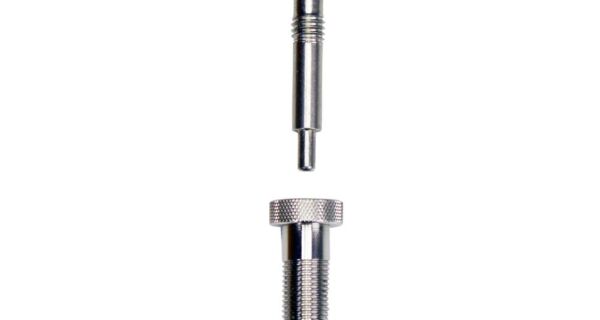
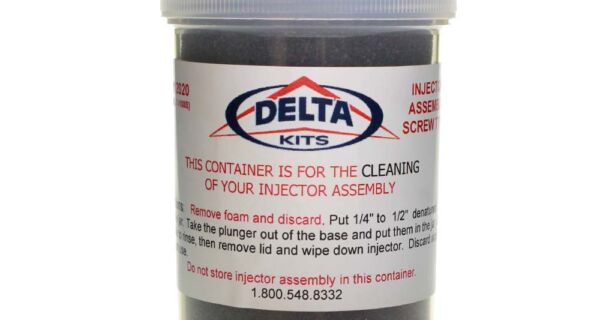
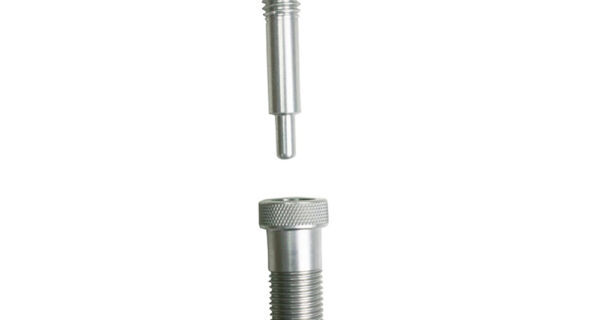
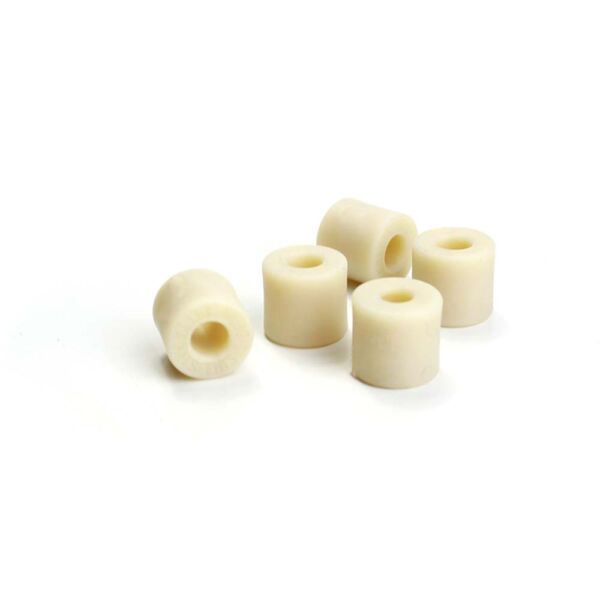
Alexei B. –
Very useful thing. Enough to work for a long time. The best injector seals. Let’s take more!
John K. –
I don’t like anything about this product to tall not wide enough or flexible enough for a good seal to glass
Michael S. –
The beautiful repairs that are produced. I could go on, but I think 81 is enough.
Jeff H. –
These are the real deal. Don’t waste your money on anything else, like I did. They are the hard plastic.
Donald H. –
Delta Kits Injector end Tips
The best because I tried all the rest.
They do not blow out under extreme pressure.
Last through many repairs.
-Donald
Nathon S. –
My repairs always turn out awesome!
Curtis N. –
These seals last forever (almost). We have been using Delta Kits for over 15 years and are very pleased with their products and service!
Kevin C. –
Good quality end seals. Love Delta Kits! Been using their products since April 2010.